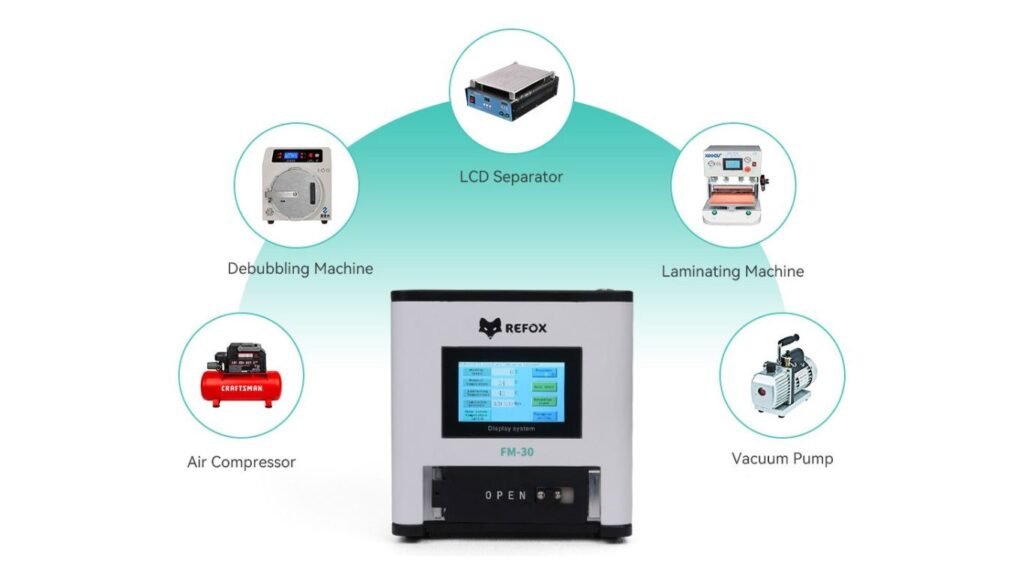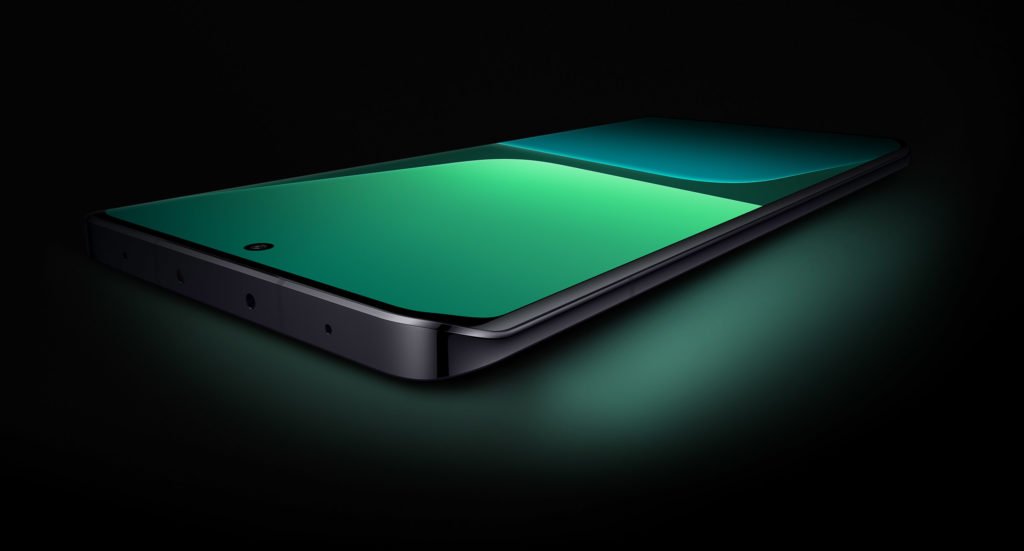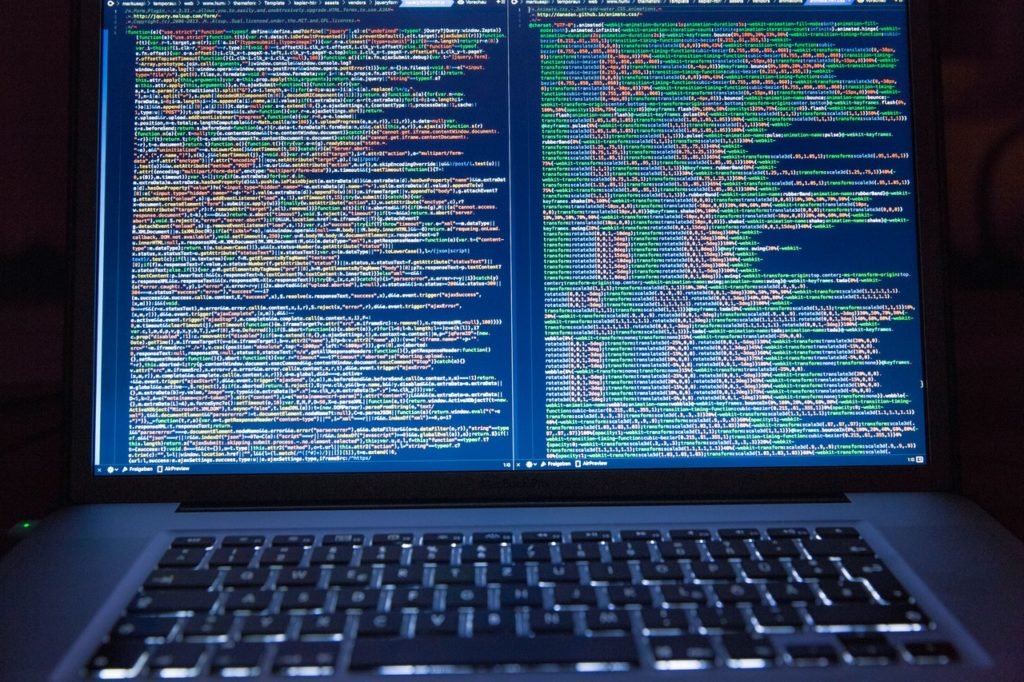Custom PCs and laptops are precisely what their name suggests: computers assembled from individual components chosen by the user rather than pre-built by a manufacturer. This allows users to tailor their systems to their specifications, ensuring optimal performance for their specific use cases. Whether you’re a gamer needing blistering graphics processing power or a video editor requiring lightning-fast rendering speeds, a custom-built machine can be fine-tuned to meet your demands.
- Advantages of Custom PCs and Laptops
- Components of Custom PCs and Laptops
- Building a Custom PC: Step-by-Step Guide
- Customization Options for Laptops
- Gaming PCs and Laptops: Special Considerations
- Workstation and Productivity Builds
- Maintenance and Upkeep of Custom PCs and Laptops
- Community and Resources for Custom PC Enthusiasts
- Future Trends in Custom Computing
- Conclusion
- FAQs
Advantages of Custom PCs and Laptops
One of the primary advantages of custom PCs and laptops is choosing components that best suit your needs and budget. Instead of being limited to the configurations offered by mainstream manufacturers, you can mix and match components to create a truly unique system. This not only allows for superior performance but also enables you to save money by avoiding unnecessary features or overpriced components.
Components of Custom PCs and Laptops
When building a custom PC or laptop, there are several vital computer components to consider:
Processors (CPUs)
The CPU is your computer’s brain, handling the complex calculations and instructions required to run software applications.
Graphics Processing Units (GPUs)
GPUs are responsible for rendering images and graphics on your screen, making them essential for gaming, video editing, and other graphically intensive tasks.
Random Access Memory (RAM)
RAM acts as temporary storage for data that your computer is actively using, allowing for quick access and retrieval of information.
Storage drives (HDDs, SSDs)
Storage drives store your operating system, applications, and files. HDDs offer large storage capacities at affordable prices, while SSDs provide faster performance but come at a higher cost per gigabyte.
Motherboards
The motherboard is the central hub that connects all your computer’s components, providing power and data connections.
Power supplies
The power supply unit (PSU) converts electricity from your wall outlet into a form that can be used by your computer’s components, ensuring stable and reliable operation.
Cooling systems
Cooling systems are essential for dissipating heat generated by your computer’s components, preventing overheating, and ensuring optimal performance and longevity.
Building a Custom PC: Step-by-Step Guide
Building a custom PC may initially seem daunting, but with the proper guidance, it can be a rewarding and fulfilling experience. Here’s a step-by-step guide to help you through the process:
- Planning the build: Determine your budget and intended use for the PC—research components to ensure compatibility and performance.
- Selecting compatible components: Choose components compatible with each other and your chosen form factor (e.g., ATX, Micro-ATX, Mini-ITX).
- Assembling the PC: Carefully install each component into the appropriate slots on the motherboard, following the manufacturer’s instructions.
- Installing the operating system and drivers: Once the hardware is assembled, install your chosen operating system (e.g., Windows, Linux) and drivers for your components.
- Testing and troubleshooting: Boot up your PC and run diagnostic tests to ensure everything functions correctly. Troubleshoot any issues that arise.
Customization Options for Laptops
While laptops are inherently less customizable than desktop PCs due to their compact form factor, options are still available for those looking to personalize their machines. Some standard customization options include:
- Upgrading RAM and storage: Many laptops allow easy access to RAM and storage components, allowing users to upgrade these components for improved performance.
- Replacing the battery: Laptop batteries may degrade and lose capacity over time. Replacing the battery can extend the lifespan of your laptop.
- Adding external peripherals: External peripherals such as mice, keyboards, and monitors can be easily connected to laptops, allowing enhanced functionality.
- Customizing software and operating system: Personalizing your laptop’s software environment with custom themes, wallpapers, and software configurations can make it feel more like your own.
Gaming PCs and Laptops: Special Considerations
Custom PCs offer the ultimate gaming experience for gamers, with high-performance components that can handle even the most demanding titles. When building a gaming PC or laptop, there are several special considerations to keep in mind:
- Importance of high-performance components: Games often require fast processors, powerful graphics cards, and ample RAM to run smoothly.
- Overclocking for enhanced gaming experience: Overclocking your CPU and GPU can yield significant performance gains in gaming applications, but it also carries some risks and requires careful monitoring.
- RGB lighting and aesthetic customization: Many gaming components come with customizable RGB lighting options, allowing you to create a visually stunning gaming setup that reflects your style.
Workstation and Productivity Builds
In addition to gaming, custom PCs and laptops are also popular among professionals and content creators who require powerful workstations for tasks such as video editing, graphic design, and 3D rendering. When building a workstation PC or laptop, consider the following:
- Prioritizing processing power and multitasking capabilities: Workstation applications often require fast CPUs with multiple cores and threads to handle complex calculations and simulations.
- Specialized components for content creation and professional applications: Certain applications may benefit from specialized hardware such as dedicated graphics cards, high-resolution displays, and professional-grade audio interfaces.
Maintenance and Upkeep of Custom PCs and Laptops
Once you’ve built your custom PC or laptop, it’s essential to properly maintain and care for it to ensure optimal performance and longevity. Here are some maintenance tips to keep in mind:
- Regular cleaning and dusting: Dust and debris can accumulate inside your computer case over time, obstructing airflow and causing components to overheat. Regularly clean your PC or laptop with compressed air to remove dust and debris.
- Updating drivers and firmware: Manufacturers regularly release updates for drivers and firmware to address bugs, improve stability, and enhance performance. Keep your drivers and firmware up to date to ensure compatibility and reliability.
- Monitoring temperatures and performance metrics: Use monitoring software to monitor your computer’s temperatures, fan speeds, and performance metrics. High temperatures can indicate cooling issues that need to be addressed, while abnormal performance metrics may indicate hardware or software problems.
Community and Resources for Custom PC Enthusiasts
Building a custom PC or laptop is a rewarding experience but can also be daunting for beginners. Fortunately, there are many online communities and resources available to help you along the way:
- Online forums and communities: Websites like Reddit, Tom’s Hardware, and Linus Tech Tips have vibrant communities where users can ask questions, share advice, and showcase their builds.
- Tech channels and influencers: YouTube is home to many tech channels and influencers who produce educational content on PC building, hardware reviews, and gaming.
- DIY tutorials and guides: There are countless tutorials and guides available online that walk you through the process of building a custom PC or laptop, covering everything from selecting components to troubleshooting common issues.
Future Trends in Custom Computing
As technology continues to evolve, so will the world of custom computing. Some emerging trends to watch out for include:
- Advances in component technology: Manufacturers constantly push the boundaries of what’s possible with CPU, GPU, and storage technology innovations.
- Integration of AI and machine learning: AI and machine learning technologies are increasingly integrated into computing hardware and software, enabling new capabilities and functionalities.
- Sustainability and eco-friendly computing options: With growing concerns about environmental sustainability, there is a growing demand for eco-friendly computing options that minimize energy consumption and reduce electronic waste.
Conclusion
Custom PCs and laptops offer unparalleled flexibility, performance, and customization options for users looking to tailor their computing experience to their specifications. Whether you’re a hardcore gamer, a creative professional, or a tech enthusiast, building your custom rig opens up a world of possibilities. You can create a truly unique machine with a bit of research, planning, and elbow grease.
FAQs
What are the main advantages of building a custom PC?
Building a custom PC allows you to choose components that best suit your needs and budget, resulting in superior performance and potential cost savings compared to pre-built systems.
Is it challenging for beginners to assemble a custom PC?
While building a custom PC may seem daunting initially, many resources are available online to guide beginners, making it accessible to people of all skill levels.
Can I upgrade a pre-built laptop to customize it?
While laptops are less customizable than desktop PCs due to their compact form factor, certain components, such as RAM and storage, can still be upgraded.
How much money can I save by building a custom PC?
The amount of money you can save by building a custom PC depends on the components you choose and the current market prices. Building a custom PC can be more cost-effective than buying a pre-built system with similar specifications.
Are there any risks involved in overclocking components?
Overclocking can yield significant performance gains, but it also carries some risks, including increased heat generation and potential damage to components if not done correctly. It’s essential to research overclocking techniques and monitor temperatures carefully to avoid damaging your hardware.






